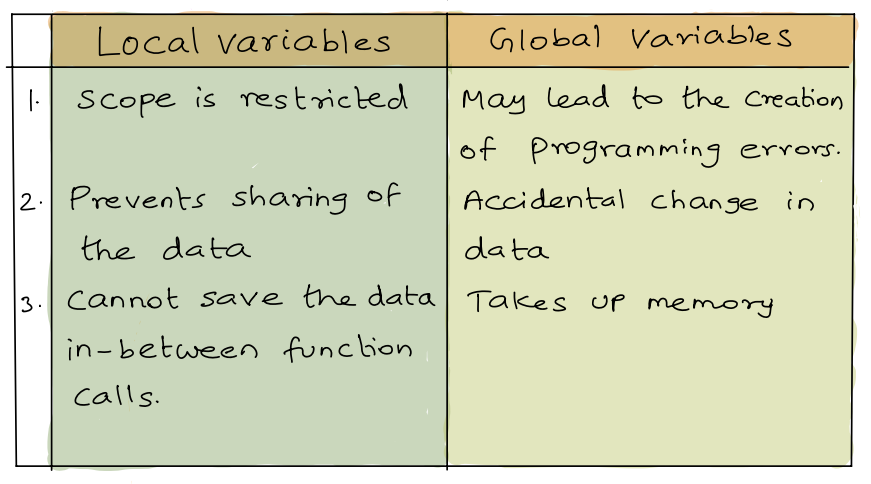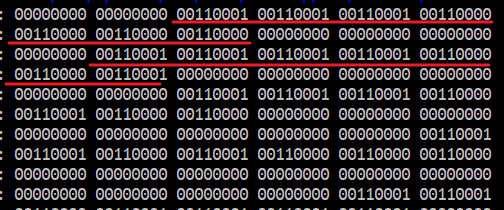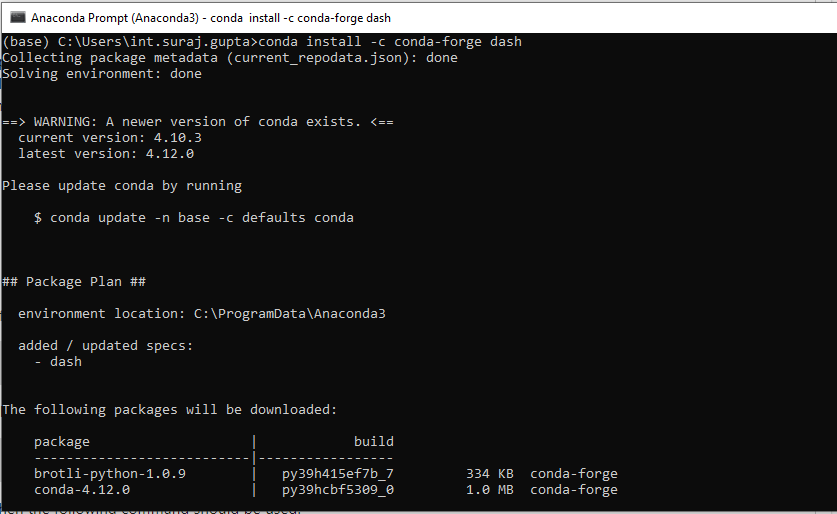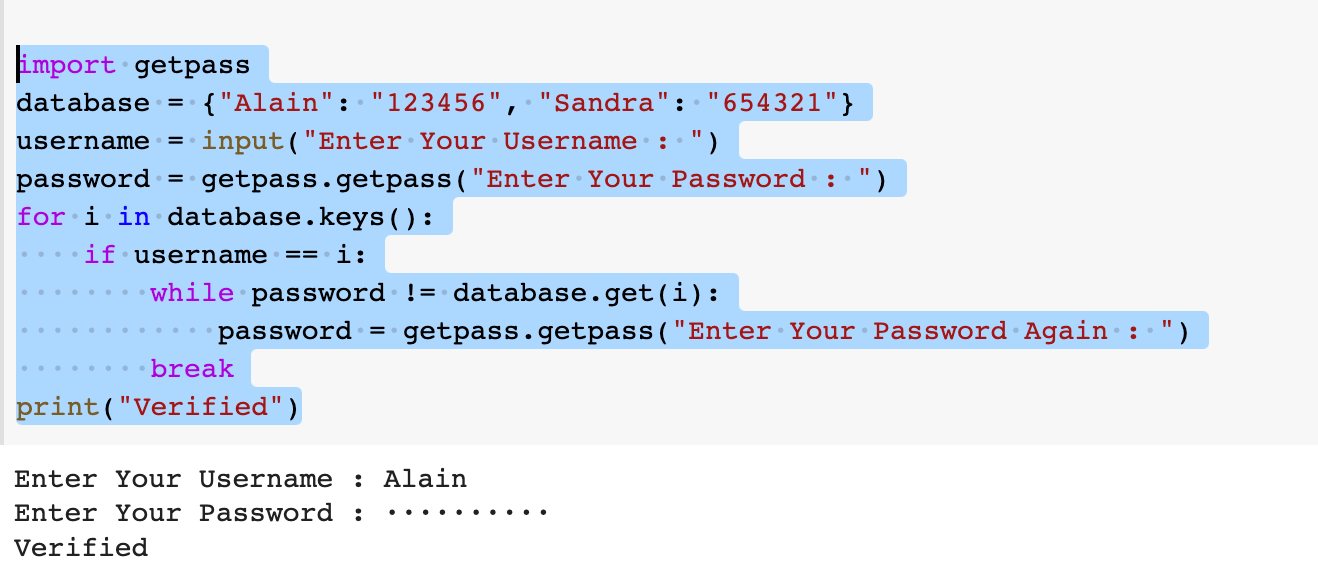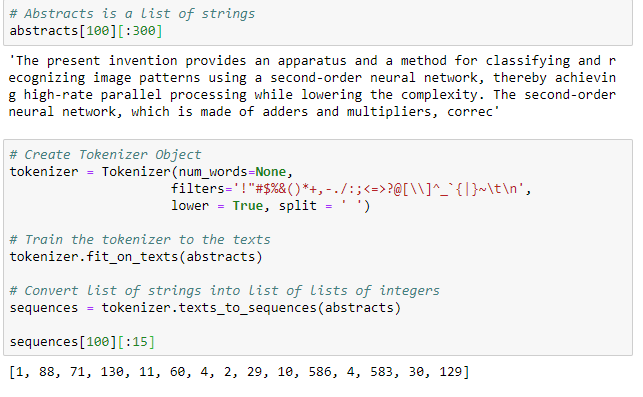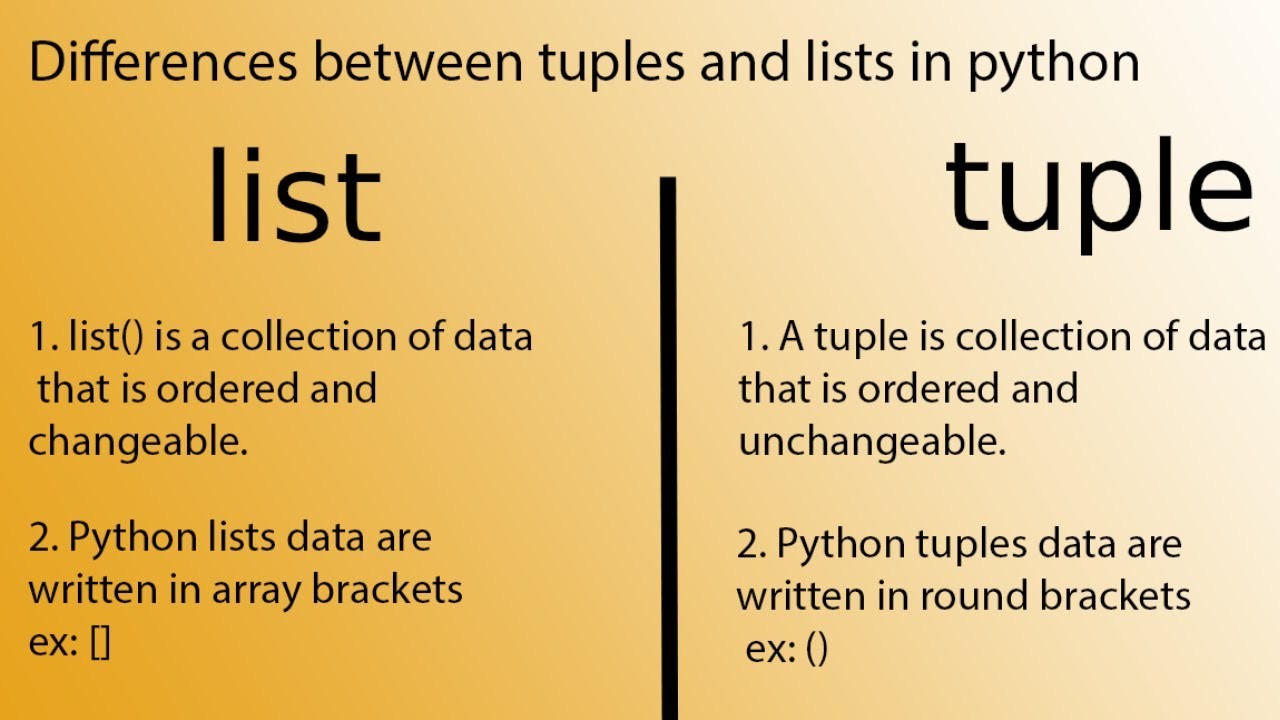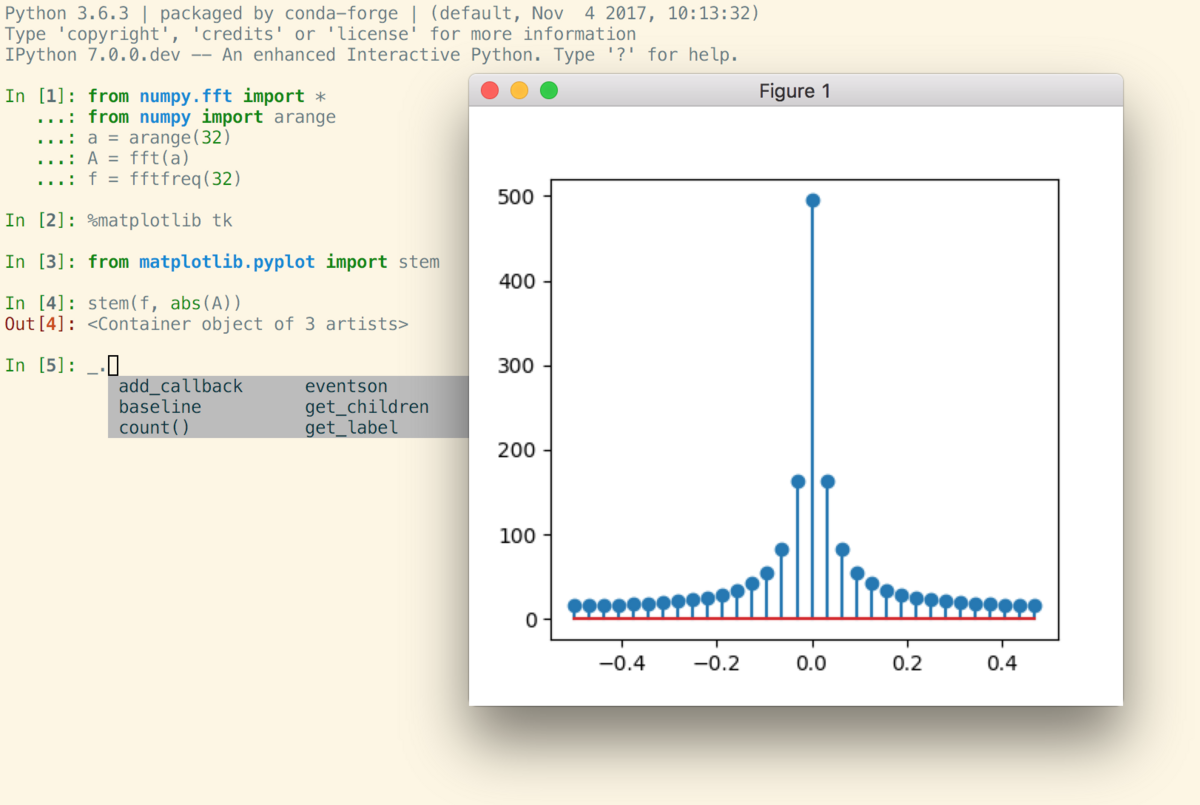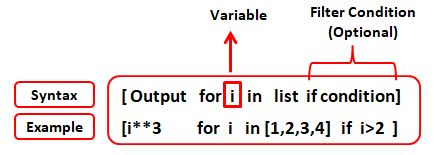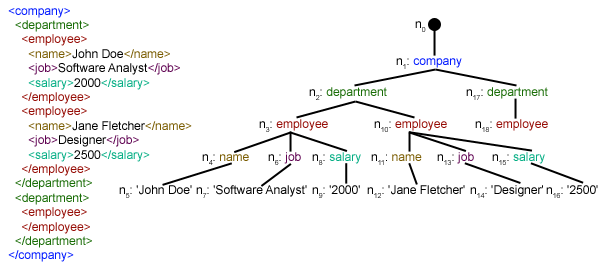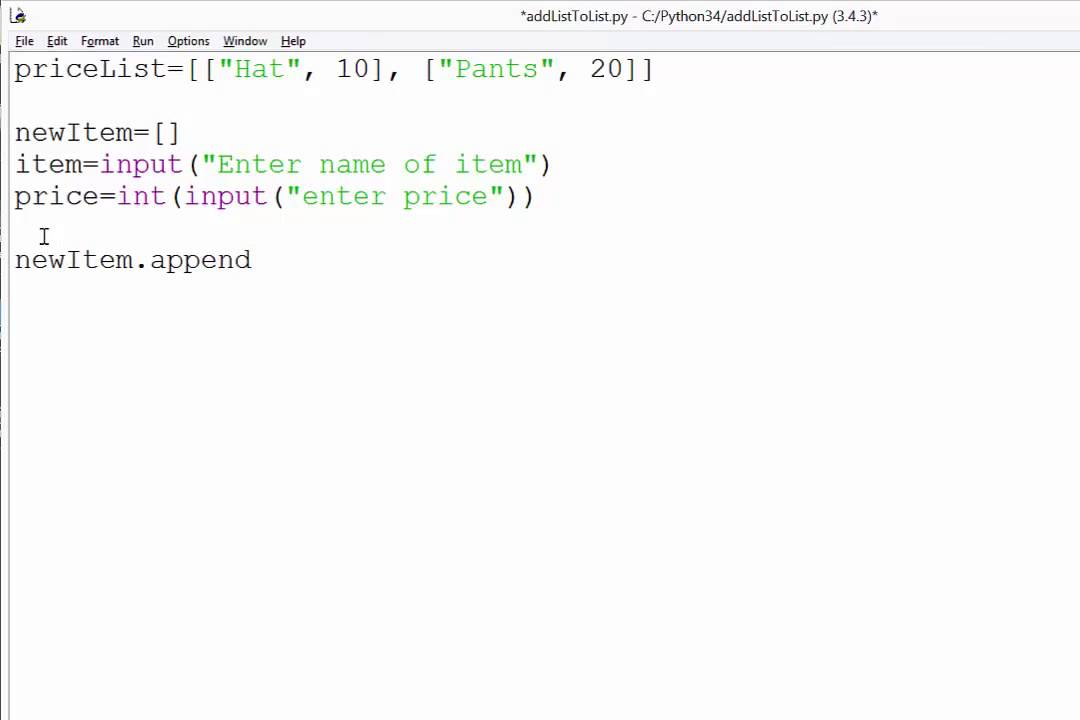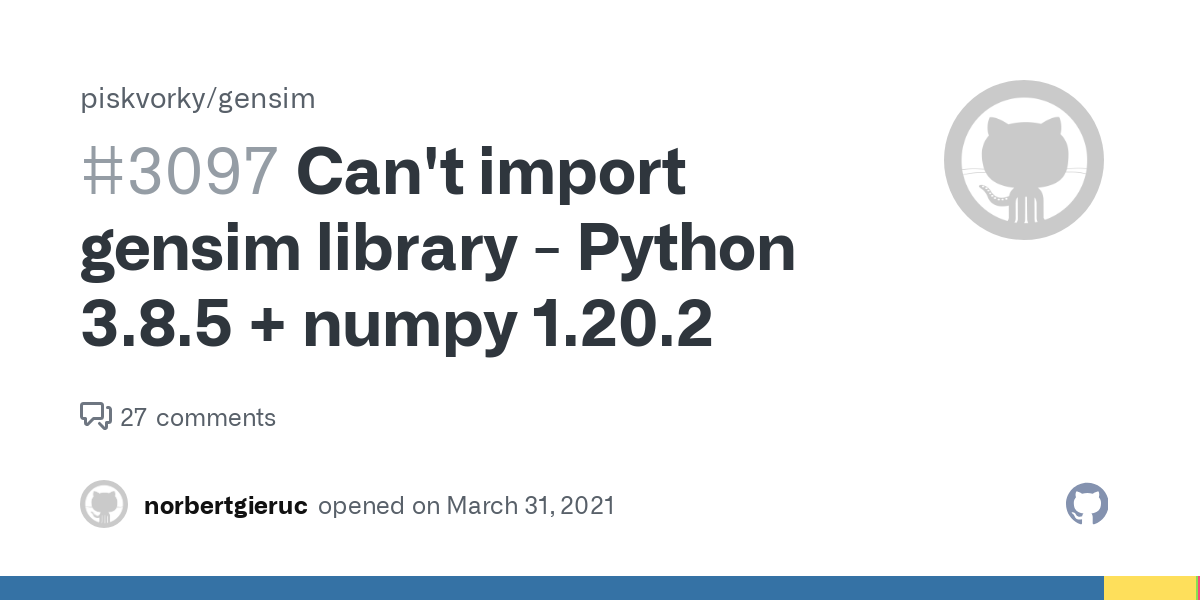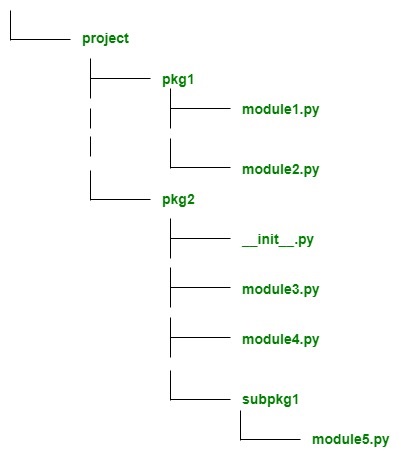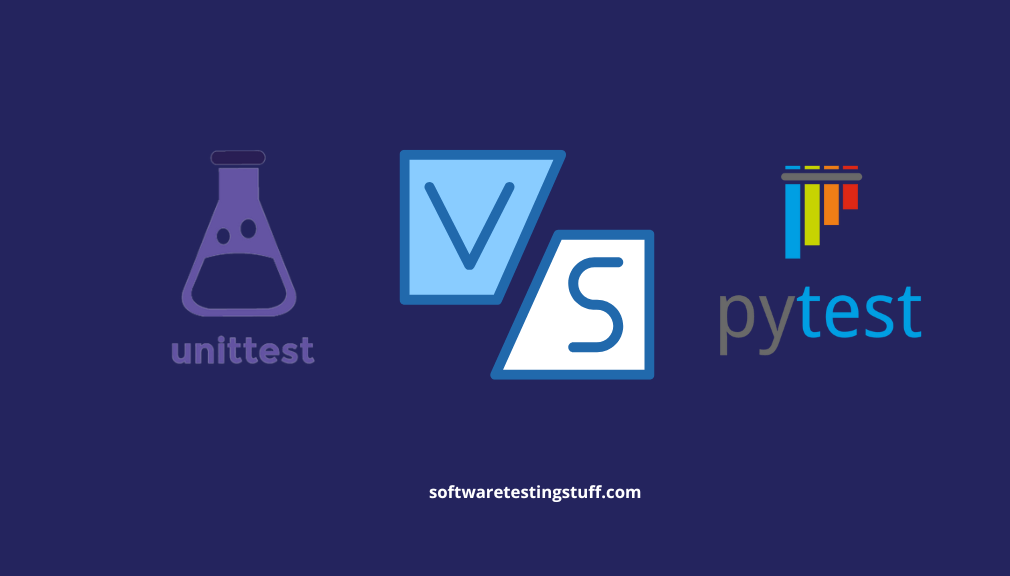Python list vs C++ array
Python list vs C++ array
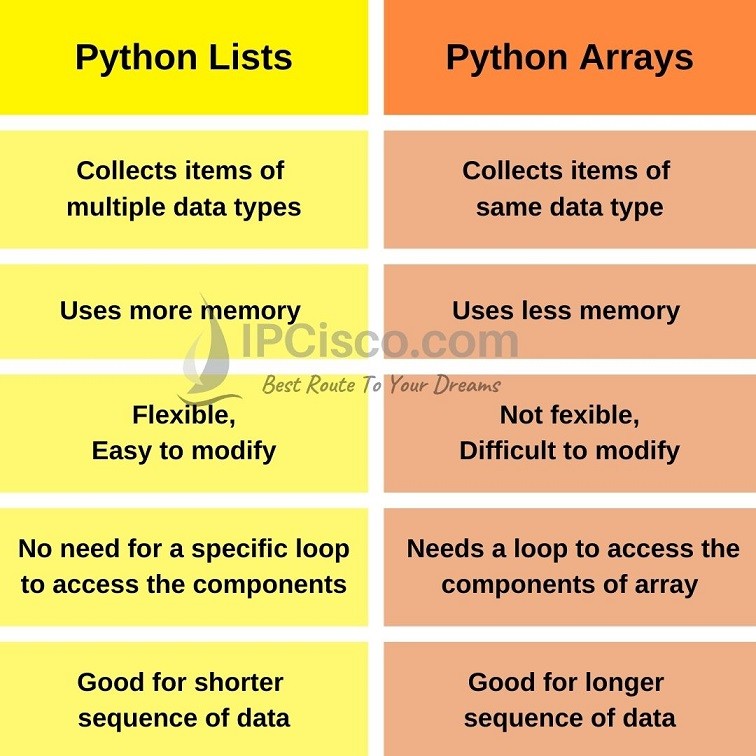
I'll respond in English for this question.
Python's list and C++'s array are two fundamental data structures that have been used extensively in programming. Both provide a way to store and manipulate collections of data, but they differ in their design principles, functionality, and use cases. In this answer, we will delve into the key differences between Python's list and C++'s array.
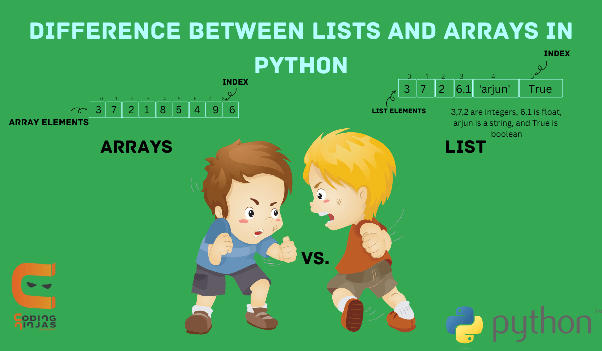
Size and Dynamism
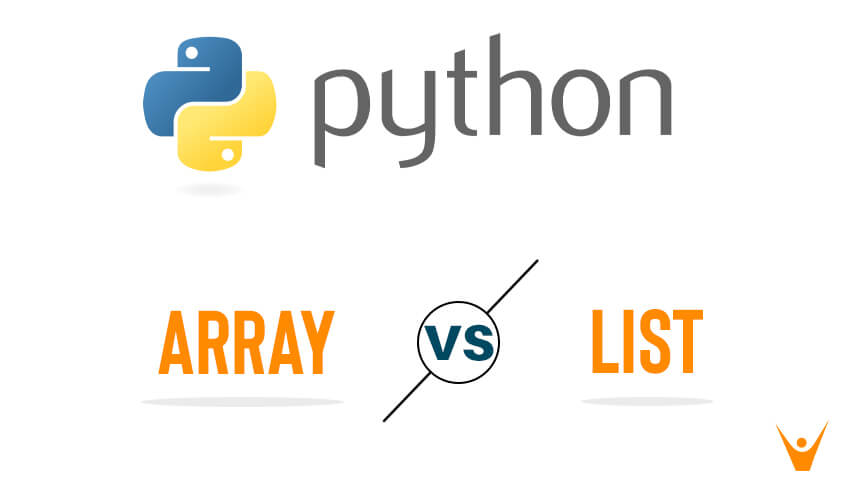
One significant difference is that Python's list can grow or shrink dynamically during runtime, whereas C++'s array has a fixed size determined at compile-time. This means that in C++, you need to specify the size of an array when declaring it, which makes it less flexible than Python's list.
For example:
my_list = [1, 2, 3]
print(len(my_list)) # prints 3
Later...
my_list.append(4)
print(len(my_list)) # prints 4
In contrast, C++'s array is fixed at compile-time:
int arr[3] = {1, 2, 3};
std::cout << sizeof(arr) / sizeof(arr[0]) << std::endl; // prints 3
// You cannot add more elements to the array:
arr.push_back(4); // error!
Memory Management
Another key difference is memory management. In Python, lists are implemented as dynamic arrays, which means that memory is allocated and deallocated automatically using garbage collection. This makes it easier to work with large datasets without worrying about manual memory management.
In C++, arrays require explicit memory management through pointers or containers like std::vector. This can be error-prone and lead to issues like dangling pointers or memory leaks if not handled correctly.
Type Safety
C++'s array has a type safety feature, meaning that the compiler checks the type of data being stored in the array at compile-time. Python's list, on the other hand, allows storing elements of different types (e.g., integers, strings, lists) without explicit type casting.
For example:
int arr[3] = {1, 2, 3}; // error: cannot store a float in an int array
arr[0] = 3.14f; // error!
my_list = [1, 2, 'three']
print(my_list) # prints ['one', 'two', 'three']
my_list.append(4)
print(my_list) # prints ['one', 'two', 'three', 4]
Performance
In terms of performance, C++'s array tends to be faster and more efficient due to its fixed-size nature and lack of overhead from garbage collection. Python's list, while still relatively fast, can be slower due to the dynamic nature and memory management involved.
Conclusion
In summary, Python's list and C++'s array differ significantly in their design principles, functionality, and use cases. While both are powerful tools for working with data collections, they cater to different needs and priorities:
Python's list excels at flexibility, ease of use, and dynamic memory management, making it a great choice for rapid prototyping or scripting tasks. C++'s array shines in its type safety, performance, and explicit control over memory allocation, which is ideal for systems programming, embedded systems, or high-performance applications.I hope this explanation has been helpful!
What is the difference between Python list and C array?

I'm happy to respond in English!
The main difference between a Python list and a C array lies in their underlying implementation, syntax, and functionality.
C Array:
A C array is a contiguous block of memory that stores values of the same type (e.g., int, char, float). Each element is stored at a specific memory location, identified by an index (also known as an offset) relative to the starting address of the array. This is also known as a "flat" data structure.
Here's an example:
int arr[3] = {1, 2, 3};
In this example, arr is an integer array with three elements. Each element is stored in contiguous memory locations: arr[0] at the first location, arr[1] at the second location, and so on.
Python List:
A Python list, also known as a sequence, is a dynamic collection of objects of the same type (e.g., integers, strings). Unlike C arrays, Python lists are not contiguous blocks of memory; instead, they are implemented as linked lists or trees. This allows for more flexibility and efficiency when inserting, deleting, or modifying elements.
Here's an example:
my_list = [1, 2, 3]
In this example, my_list is a Python list containing three integer values. Python stores each element in a separate memory location, linked together through pointers (or "pointers" in the form of dictionary keys).
Key differences:
Contiguity: C arrays are contiguous blocks of memory, while Python lists are not. Dynamic vs. Static: C arrays are statically allocated and have a fixed size, whereas Python lists are dynamically allocated and can grow or shrink as elements are added or removed. Type Hierarchy: In Python, lists can contain elements of different types (e.g., integers, strings), while in C, arrays must be homogeneous (i.e., all elements must be the same type). Indexing: Both C arrays and Python lists use indexing to access individual elements. However, Python's indexing is more flexible, allowing for negative indices, slicing, and advanced indexing operations. Memory Management: In C, memory management is explicit through manual allocation and deallocation using pointers and functions likemalloc() and free(). In Python, memory management is automatic through the use of garbage collection and reference counting.
In summary, while both C arrays and Python lists provide a way to store and access collections of data, they differ fundamentally in their implementation, syntax, and functionality. Python's list data structure offers more flexibility, dynamic behavior, and advanced indexing capabilities, making it a popular choice for many programming tasks.
